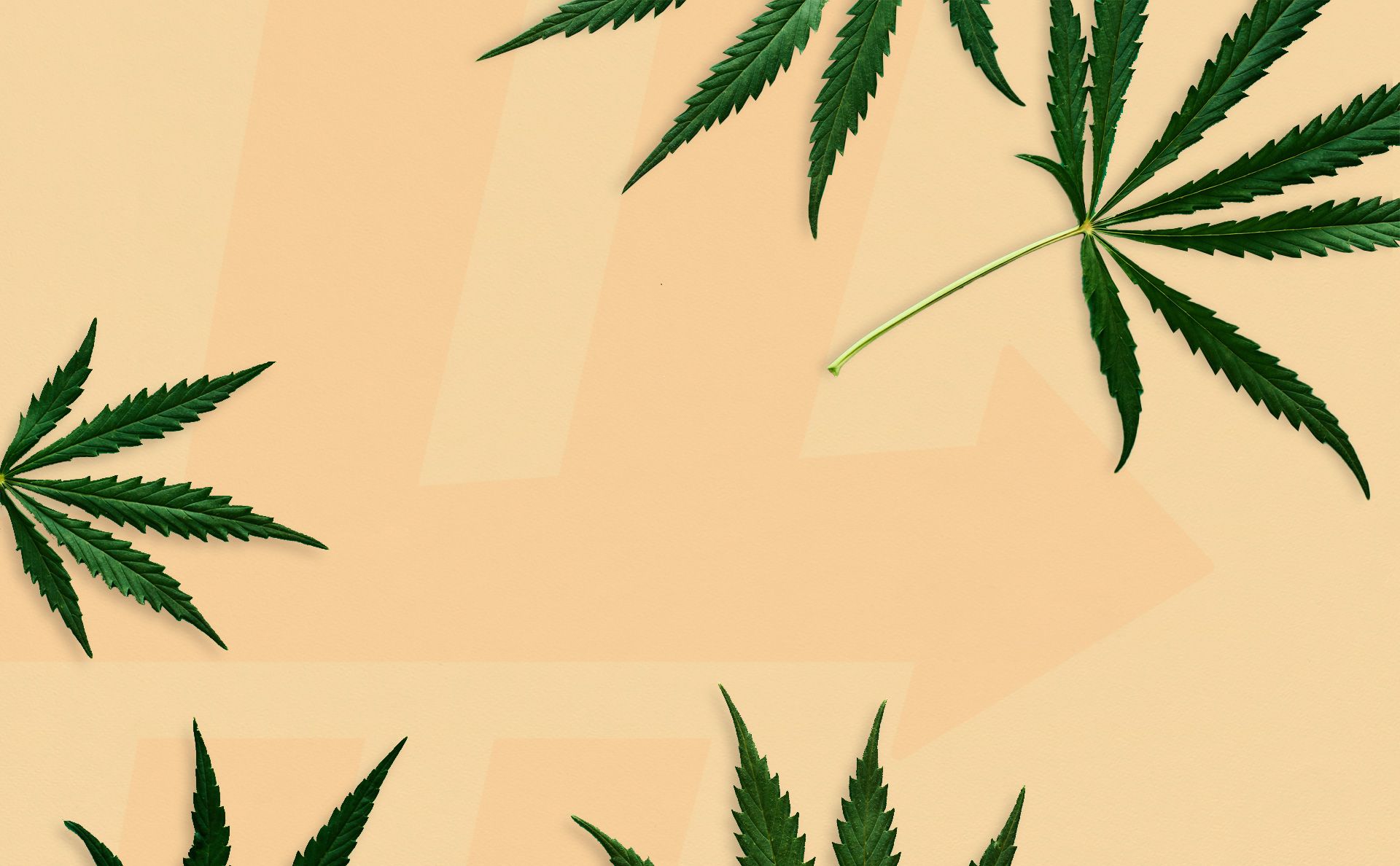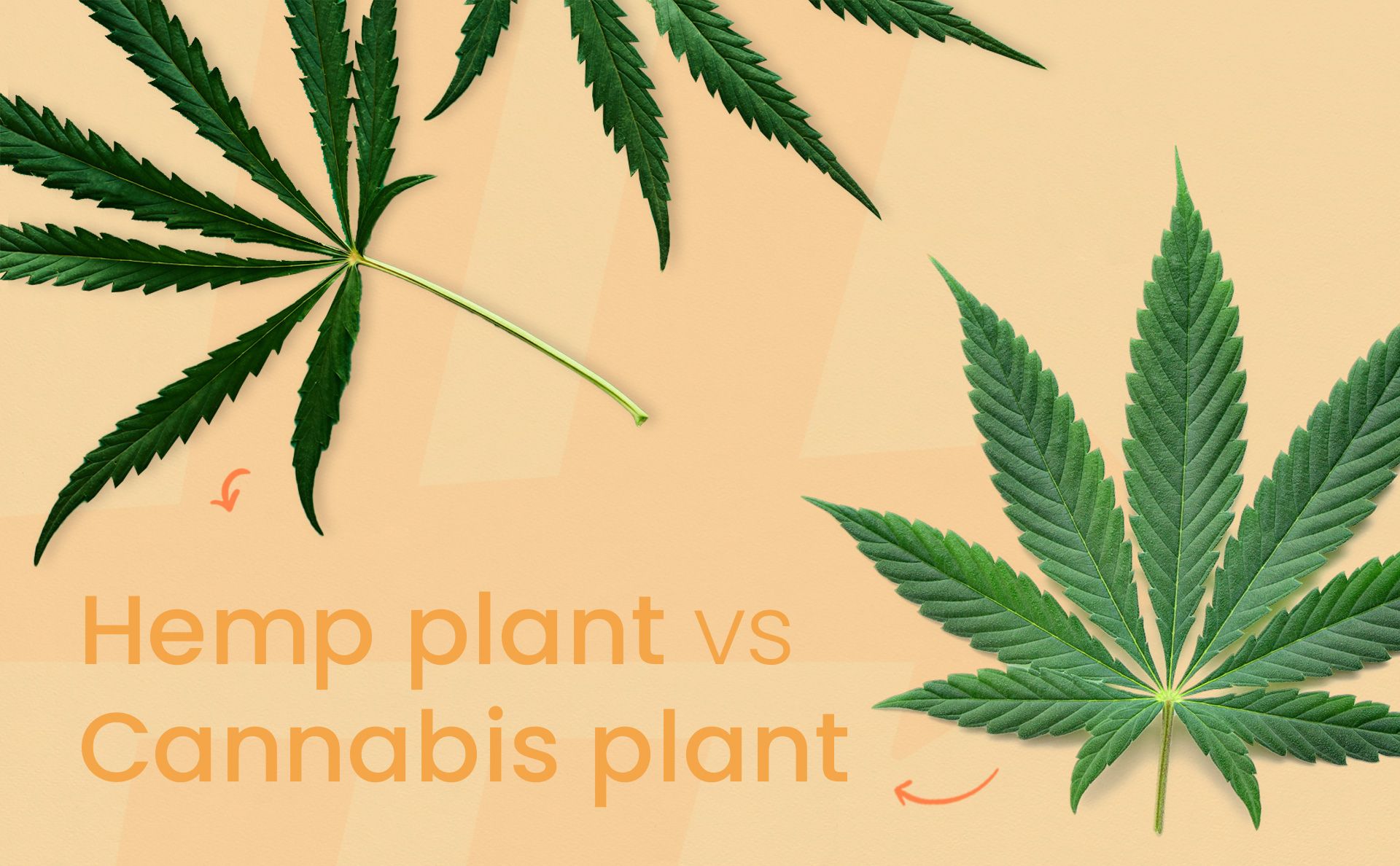Hemp
What is Hemp exactly, and what are its uses? This chapter dives deep into one of the world’s most versatile plants, including its history in the U.S., hemp vs CBD, and its many applications.

Hemp Has a Long History
Hemp has been cultivated for its fibers for cloth and textiles for thousands of years. In fact, Archaeologists have discovered a relic of cloth made from hemp around the area of ancient Mesopotamia which dates back to circa 8,000 BC.
In the Middle Ages, hemp was a vital crop to aristocrats and peasants alike as the primary source of fiber and an important food source, as hemp seeds can be very nutritious. For thousands of years, the world’s strongest Navies relied on materials like oakum, canvas, and hemp rope to sail the oceans safely. These three materials are durable, strong and resistant to salt water.
Hemp in the United States
During the relatively short history of the United States as a nation, an argument could be made that it wouldn't exist as it is without the vast uses and applications of the hemp plant. Before 1937, hemp was so widely needed and used that laws were enacted requiring farmers to grow the plant.
When the ‘Marihuana’ Tax Act was enacted in 1937, American hemp production declined greatly, and almost came to a stop entirely. But from the moment the colonists landed on American shores until 1937, hemp was woven into the fibers of the American spirit.
Before 1937, all of the cannabis laws in the U.S. actually ordered farmers to grow hemp. The first of which was in 1619, which of course long predates the Revolutionary War. Farmers in Jamestown Colony, Virginia were ordered to grow hemp in 1619, and the same is true for the Massachusetts and Contictuet colonies, in 1631 and 1632, respectively.
In the thriving Chesapeake Colonies in the mid-1700s, more mandatory hemp cultivation laws were implemented. In many parts of what is now both North and South America hemp seeds were accepted as legal tender from circa the 1630s until the early 1800s. Americans could even pay their taxes with hemp in many parts of America up until the early 1800s.
Historians liken hemp seeds to a Roman soldier being paid in salt, thus the phrase “worth your salt.” We feel that it’s time to introduce “worth your hemp” into our American vernacular. Hemp was so vital to our fledgling nation that farmers could be arrested and imprisoned for not growing the plant during shortages. One of the most prominent examples of this was in Virginia between 1763 and 1767.
Until the 1820s in the U.S., and for a century after that in the rest of the world, hemp was used in many different products. These included over ¾ of all textiles and fabrics for clothing, as well as bed sheets, military tents, rugs, drapes, towels, quilts, and more. Even the first American Flag, “Old Glory” was made mostly from hemp fibers and stitched by Betsy Ross.
The first draft of the Declaration of Independence (June 28, 1776) was written on hemp paper, and so was the second draft completed on July 2, 1776. This was the document agreed to on that day, which was then famously announced and released on July 4, 1776.
Parts of the Hemp Plant
The parts of the hemp plant are similar to cannabis, with the biggest difference being that hemp does not produce flower with high THC content. Most hemp contains trace amounts of THC, with the law stating that hemp products cannot contain 0.03% of the psychoactive compound. More on this is below.
The hemp plant is part of the Cannabaceae family, which also includes hops. Hemp grows in many world climates and has many uses, of which we give a few examples below.
For a complete rundown of the Parts of the Plant, be sure to check out that chapter in our corresponding guide.
Differences Between Hemp and Cannabis
As previously mentioned, the most notable difference between hemp and cannabis is that hemp does not produce flower with high THC content. Another major difference is that hemp produces more bast fibers than cannabis flower plants do, as these fibers provide strength to the stem and other parts of the plant.

Another major difference between hemp and cannabis is that when processed, hemp produces a woody fiber byproduct known as shives or hurd. Shives consist of the woody inner portion of the hemp stalk, which is broken into pieces and separated from the fiber when processing the hemp plant. This is part of what gives hemp its durability, and its versatility as a crop to be put to use in many different applications.
Bast fibers make up the outer portion of the stalk and are split into three categories: primary, secondary, and tow fibers. These fibers are categorized according to the strength of their cell walls and their thickness. This will determine how durable these hemp fibers are and their applications.
Some of the Many Uses of Hemp
Hemp fibers can be used for many different purposes. In fact, many would argue that hemp is the most versatile plant on the planet. Some of these uses include making paper, textiles, building materials, and industrial products.
The raw materials and short woody stalk fibers from hemp also have their own uses. These uses include absorbents, bedding materials, compost, and ceiling panels.
Hemp Seeds As A Food Product
The many uses of hemp are not confined to the industrial world. In fact, hemp seeds are rich in fiber, protein, omega-3 fatty acids, and vitamins. A study from 2008 concluded hemp proteins are easier to digest than other proteins found in various food products like soy.
Hemp seeds can be ingested directly or oil can be extracted from them. More on hemp oil below. Hemp seeds can also be ground up and mixed into flower, or also combined with water to make hemp seed milk.
Minor Cannabinoids Market 2018 Farm Bill
American hemp has seen a significant resurgence in the last five years. This is due to the passing of the 2018 Farm Bill, which legalized hemp nationwide. The Industrial Hemp Farming Act has led to an expansion of the hemp-derived cannabinoid product market, like CBD, Delta-8, and so on.
Popular Mechanics magazine called hemp a “cash crop” almost 100 years ago. Thanks to legalization efforts, hemp is a major American cash crop once again after nearly a century of repression from the federal government.
According to Benzinga, sales of CBD and other hemp-derived cannabinoid products reached $4.6 billion nationwide in 2020. The hemp-derived cannabinoid market is very lucrative, and like any other industry, has both its costs and benefits associated with it.
Hemp vs CBD
When it comes to hemp vs CBD the main difference is that the hemp plant produces over 100 cannabinoids, and CBD is just one of them. However, since the end of federal hemp prohibition, growing hemp for CBD production is one of the main goals of cultivators.
Another goal of cultivators is to ensure that their cannabinoid content meets their goals, that the hemp can have oil extracted from it, and that the plants will produce enough seeds per acre. As the market for hemp-derived CBD expands, more cultivars are being grown for their CBD production and their unique terpene profiles.
Hemp Oil Benefits
If you’ve spent more than a few minutes reading content from HashDash, you know that cannabis, and hemp oil, in particular, have many benefits. Some of the well-documented benefits of hemp oil can include:
- Reduced Inflammation
- Fewer Seizures
- Healthier Skin
- Improved Cardiovascular Health
- Better Sleep Quality
- Pain Relief
If you’re applying hemp oil or CBD topicals to your skin for pain relief, you may experience a bit of skin irritation. If so, discontinue using any such products. Additionally, as with most things cannabis consumption, exploring and learning how the plant medicine impacts you is best done low and slow. Start small and see how hemp-based cannabinoid products work for you. Reactions may be different for everyone.
Disclaimer: HashDash guides are for educational and entertainment purposes only. This article is not intended to diagnose, treat, or cure anxiety disorders or any other conditions.
Recommended Reading: Further Learning About Hemp
Our chapter on Hemp acts as an introduction to the wonderful world of this versatile and incredible plant. However, there is a lifetime of knowledge to still be gained. Here are some recommendations for books containing interesting and essential information on hemp.
- Jack Herer, the Emperor Wears No Clothes, 1981.
- Herndon, G.M, Hemp in Colonial Virginia, 1963.
- Able Ernest, Marijuana, the First 12,000 Years, 1980.
- The Chesapeake Colonies, 1954.
For as many industrial, nutritional and personal benefits as hemp has, there could be even more that we don’t know about. As is the case with the cannabis plant as a whole, we could very well be just scratching the surface of all of its many amazing applications and uses.
What We Learned: Hemp
There’s much to learn about hemp, and beginning consumers need to do so. Here’s what we learned in our Hemp chapter:
- Archeologists estimate that the first cloth made out of hemp dates back to circa 8,000 BC.
- In the Middle Ages, hemp was a vital crop to aristocrats and peasants alike as the primary source of fiber and an important food source.
- Before 1937, all of the cannabis laws in the U.S. actually ordered farmers to grow hemp. The first of which was in 1619.
- The first draft of the Declaration of Independence (June 28, 1776) was written on hemp paper.
- Most hemp contains trace amounts of THC, with the law stating that hemp products cannot contain 0.03% of the psychoactive compound
- The hemp plant is part of the Cannabaceae family, which also includes hops.
- Hemp grows in many world climates and has many uses.
- The most notable differences between hemp and cannabis are that hemp does not produce flower with high THC content, and hemp produces more bast fibers and hurds.
- sales of CBD and other hemp-derived cannabinoid products reached $4.6 billion nationwide in 2020.
- Some of the many benefits of hemp oil may include reduced inflammation, better skin quality, and fewer seizures.
You are moving right along on your journey in learning about cannabis. Ready for another chapter in our Basics Guide? Answer the question below and let’s keep learning.
Citations
- Industrial Hemp Farming Act 2018https://www.congress.gov/bill/114th-congress/house-bill/525
- Hemp Derived Cannabinoids Markethttps://hashdash.com/blog/hemp-derived-cannabinoids-new-compounds-in-cannabis
- Benzinga Reports $4.6 Billion in CBD Sales in 2020https://www.benzinga.com/markets/cannabis/21/05/21304200/us-hemp-cbd-market-to-hit-5-3b-in-sales-in-2021-driven-by-drinks-gummies-and-charlottes-web
- WebMD: Is Hemp Oil Good for You?https://www.webmd.com/diet/hemp-oil-good-for-you
- Science Direct: Bast Fibershttps://www.sciencedirect.com/topics/engineering/bast-fibre
- Science Direct: Digestibility of Hemp Seedshttps://www.sciencedirect.com/science/article/pii/S0308814607006358
- Springer: Hemp Seed As A Nutritional Resourcehttps://link.springer.com/article/10.1007%2Fs10681-004-4811-6
Test your knowledge, track your progress and earn your badge.
Before 1937, hemp was so widely needed and used that laws were enacted requiring farmers to grow the plant.